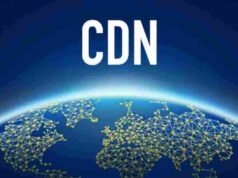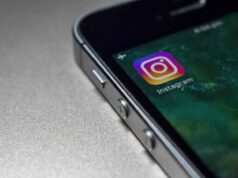It’s only been about four months since the launch of the Emergency Broadband Benefit program. The Federal Communications Commission has recently released information about some of the demographics of those who have subscribed to use the program and the ways that they are enrolling for services.
Who’s in the Lead?
Some of the top cities with the number of subscribers include Cleveland, San Juan, and Los Angeles. While the program was created to help with home internet bills so that people wouldn’t struggle as much when making their monthly payments, many of the people who are receiving help from the program are using it on their cellphone plans. Over 5 million homes have taken advantage of the program since September 5 with more applying each week. The program was designed to be a temporary solution during the COVID pandemic as a way to help relieve some of the stress of paying bills each month when hours at work could have been reduced or jobs could have been lost. The program offers a subsidy of up to $50 a month that’s taken off of the internet bill. About 1,000 internet providers across the country have been participating in the program as a way to help customers as much as possible.
More Information
There has been a bit more information that has been steadily released by the FCC about the program and who it’s benefiting, such as the ages of the people who have subscribed, the type of broadband internet services that they have, and how they applied for the program. The FCC released more types of data after meeting with partners and various corporations who wanted more transparency. The information that has been collected and released shows that there are more families who are eligible for the benefits that are offered who haven’t applied for the subsidies. Most of the top 10 locations where people are receiving the benefit are in large cities aside from Cleveland, Ohio.
Age
There has been quite a surprise regarding the ages of those who have signed up for the program. Most of the people receiving assistance are younger adults. Older adults have among the lowest number of subscribers. The age range with the highest number of subscribers is 25-49 as they hold about 50% of the program’s participants. There are about 110,000 people for each age in the range who are using the internet service. The age group with the second-highest number of enrollments is 50-64.
Mobile Services
When the program started, the goal was to try to offer a way for households to get help with their internet bill so that they could spend the money that was saved on groceries or other bills that they had throughout the month. However, about 60% of people who use the program are applying the subsidy to a mobile broadband provider. This means that the customer is using benefits for internet service on their cellphone instead of a Wi-Fi connection in their home. Some devices could include hotspots and tablets, which are all fine to use as they are often needed and can be easily accessible for families. One reason why many people are likely applying the subsidy to their mobile service is that a large number are completing their application through Lifeline. This is a program that offers help with cellphone payments each month and has partnered with the EBB to offer even more assistance for customers.



